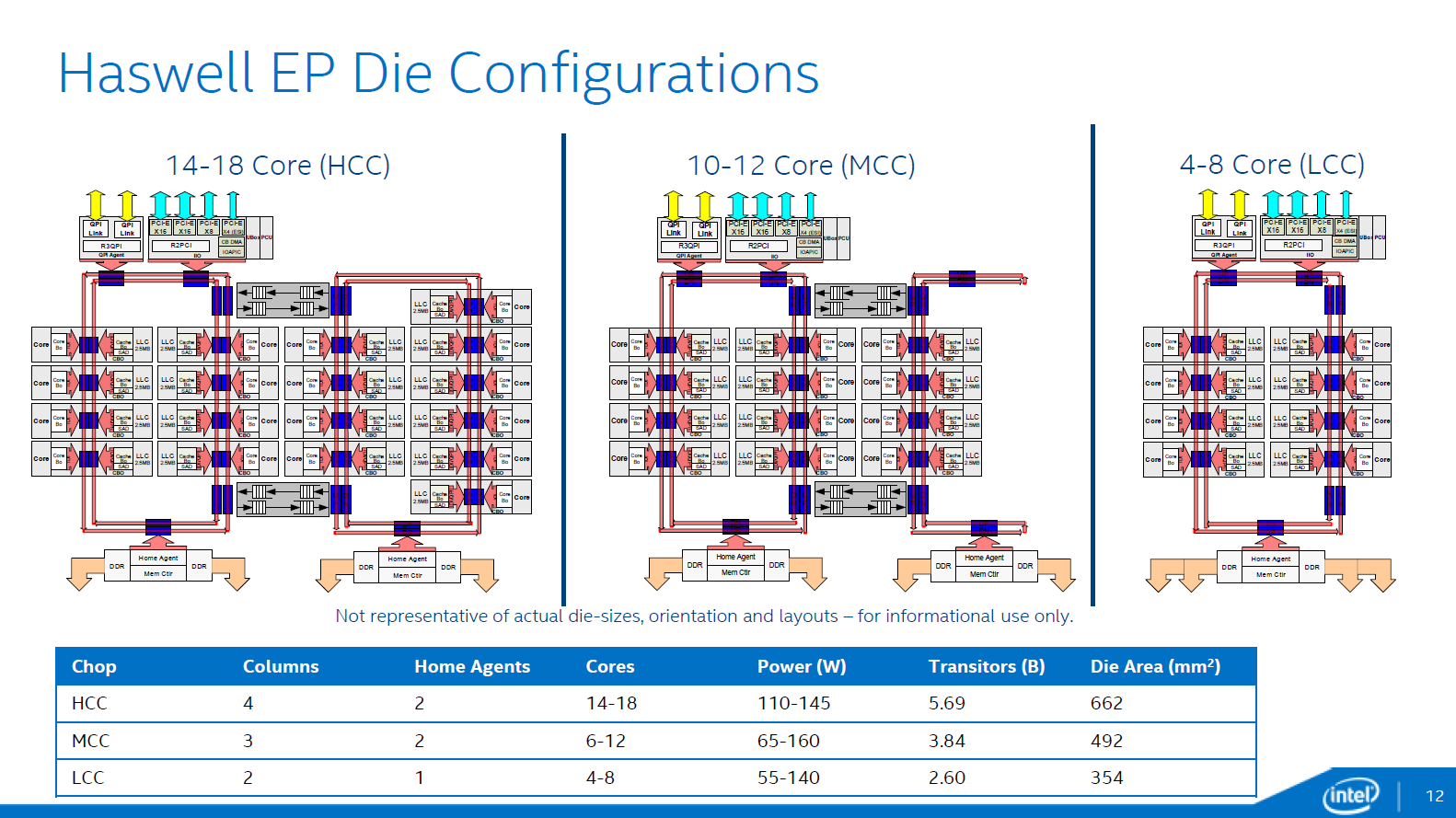zir_blazer
Golden Member
- Jun 6, 2013
- 1,260
- 573
- 136
False. Check these: 1, 2, 3Haswell chips for 2011v3 have a dual imc. But only ddr4 is used.
The point is that only very few models seems to use it...
This motherboard only supports the DDR3 compatible CPU (E5-2669 v3, E5-2649 v3, E5-2629 v3). You cannot power on the system if you use a DDR4 compatible CPU.
...which is rather sad. Heck, these parts seems to be OEM only and not even released to the public, they even recently deleted them from Intel Ark as I recall seeing them. Its like they are actively hidding that DDR3 support is there, since they want to push DDR4 instead. This is rather similar to what happened at some point with the Pentium 3 i820 Chipset and RAMBus, just that they didn't had a true backup plan ready when they figured out than RAMBus was going nowhere and screwed it when they had to fall back, while they're currently prepared to do so anytime now.
Last edited:





